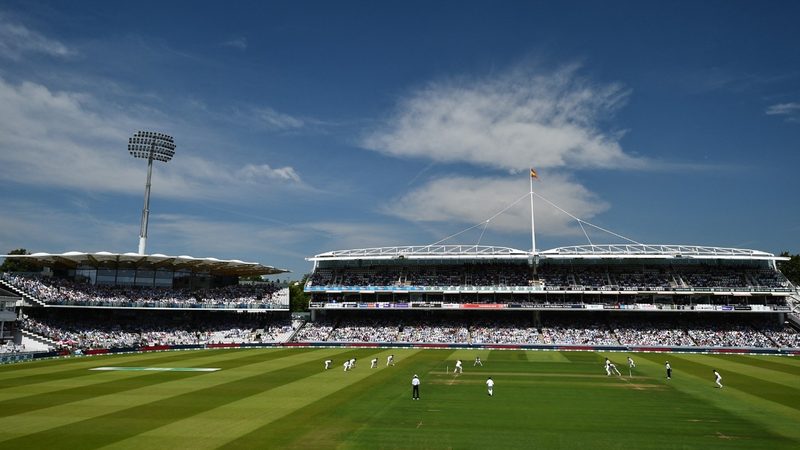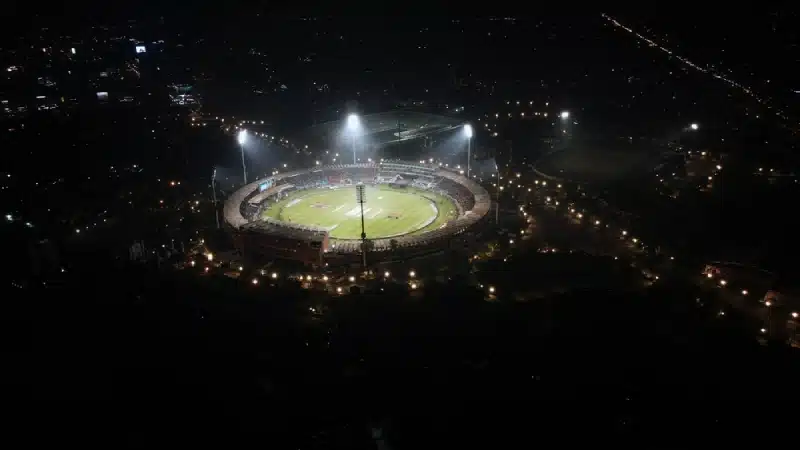
Among other things, the Lord’s Cricket Ground is also famous for its considerable slope, which poses issues for bowlers, batters as well as fielders. As Joe Root’s England take on Kane Williamson’s New Zealand in the first of their two-match Test series at the ‘home of cricket’, we take a look at what makes the Lord’s slope peculiar.
Why is there a slope at all?
The ground was built in a hilly area in St John’s Wood in London, so the Lord’s slope was part of the natural terrain. Minor ridges in the pitch were removed over time, including in 2002 when the outfield was relaid. The slope itself, however, has not been levelled.
How steep is the Lord’s slope?
Former England fast bowler Mike Selvey had once remarked that if you put Stuart Broad at the lower end of the Lord’s slope, and look across from the other end, you will not be able to spot him. Broad is six-and-a-half feet tall, but the slope is steeper at 8’2”.
Where does the Lord’s slope run from?
The Lord’s slope is roughly along deep extra cover to long leg, running downhill from the left of the pavilion diagonally across the pitch and extending to the left of the media capsule at the Nursery End.
How does the slope at Lord’s Cricket Ground affect bowlers?
"Once you get used to the slope, it can be a huge advantage to you as a bowler, because even when it's flat, you feel like you're in the game with some movement," James Anderson said recently.
"But when you're not quite there as a bowler, when your rhythm might be off, it can really affect you. It can push you in tight to the stumps from the Pavilion End [downhill] and it can sort of make you fall away a little bit more from the Nursery End [uphill]. I've had times where I've bowled too wide from the Nursery End and too straight from the Pavilion End."
How does slope at Lord’s Cricket Ground affect batters?
The ball can jag into right-handers down the hill from the Pavilion End. And from the Nursery End, a ball can hold its line or move further away from right-handers. So batsmen can get bowled or lbw trying to leave balls from the Pavilion End, or end up playing inside the line and edge deliveries from the Nursery End.
Former England skipper Mike Gatting advises batsmen to take a middle-stump guard, so that they can move across and get outside the line of off stump in case deliveries jag back in from the Pavilion End.
Conversely, James Taylor, the former England batsman, says batters should not get too far across with the front-foot stride, lest they end up chasing away-going deliveries from the Nursery End.
What about fielders and wicketkeepers?
Fielders will realise downhill chases are futile more often than not, as the ball runs away pretty quickly. For keepers, the key is to take a step across either to the right or to the left in anticipation, when collecting balls from the Nursery and Pavilion Ends respectively.
Featured photo: Glyn Kirk/AFP




















